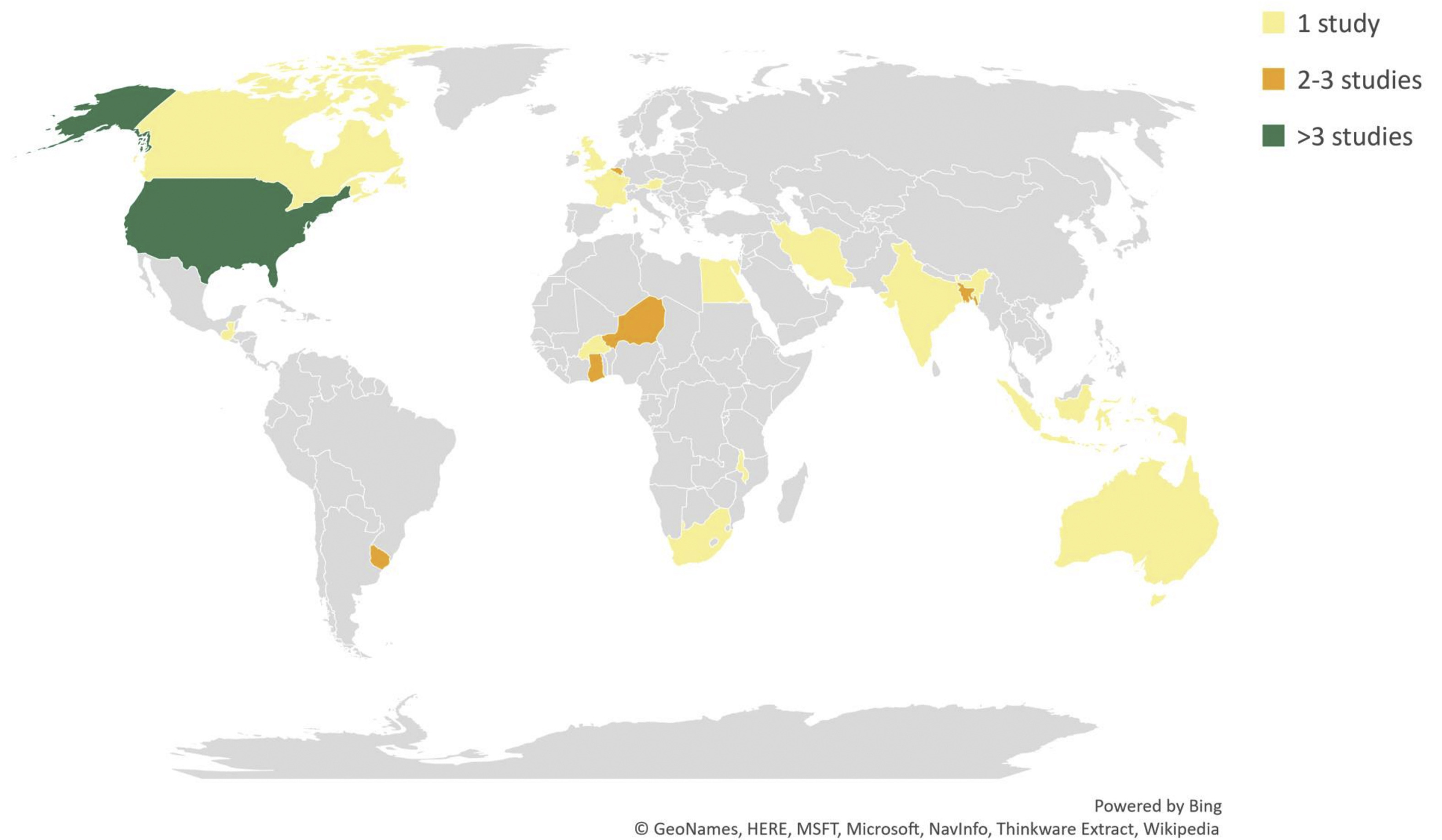Elsevier, Rhizosphere, Volume 16, December 2020
Endophytic fungi were able to protect their host plants against pathogens and promote plant growth. No previous studies have been conducted on the growth promotion of sunchoke by endophytic fungi. This research was the first to characterize plant growth promoting properties of endophytic fungi including, Macrophomina phaseolina BUP2/3 and Diaporthe phaseolorum BUP3/1 isolated from sunchoke and Daldinia eschscholtzii 2NTYL11, Trichoderma koningii ST-KKU1, Trichoderma erinaceum ST-KKU2, Macrophomina phaseolina SS1L10 and Macrophomina phaseolina SS1R10 from medicinal plants.
Elsevier, Rhizosphere, Volume 16, December 2020
The plant root system influences plant growth and development due to its phenotypic, physiological, metabolomic, and microbiomic traits. Broadly speaking, it is characterized by primary (stem-attached large), secondary (primary-attached medium), and fine (secondary-attached hair-like) roots. The role of root branching order and categories (fine, medium, and large) in influencing microbial communities in the rhizosphere and root environments is not clear.
Elsevier, Global Food Security, Volume 27, December 2020
In this paper, we conducted a narrative review to describe age-specific characteristics that inform how children and adolescents interact with their food systems and how that relationship influences their diets. Children of all ages are active agents in determining the foods they eat. Numerous intrapersonal, interpersonal, and environmental characteristics influence their diets, and these shift over time.
Elsevier, Global Food Security, Volume 27, December 2020
This paper provides an overview of nutrition recommendations for dietary intakes necessary to support normal growth and development of children from birth to 18 years and to promote long-term health and quality of life. Key nutrients and food-based dietary recommendations have been examined from international evidence-based child dietary and feeding guidelines from the World Health Organization and a convenience sample of countries. The paper also reviews key issues relating to the environmental impacts of child diets.
Elsevier, Global Food Security, Volume 27, December 2020
Current food systems are failing to guide children towards healthy diets. This paper presents a tool to identify the actions needed to reorient food systems to become more child-centred from a nutrition perspective. To connect the dots between children's lives, their food environments and food supply systems, the tool takes a child-centred, food systems approach.
Elsevier, Global Food Security, Volume 27, December 2020
Intervening in the food environment is critical to improve the diets and nutrition of children and adolescents. Little is known about the most effective interventions targeting children and adolescents, particularly in low- and middle-income countries (LMICs). We conducted a scoping review of the literature to examine influence of external and personal food environment interventions on the diets and nutrition of children and adolescents. Most of the included studies examined interventions in school settings in the United States, with few studies from LMICs.
Elsevier, Global Food Security, Volume 27, December 2020
This paper focuses on the most proximate determinants of dietary intake: food behaviors of caregivers, children and adolescents. Utilizing a case study approach, we explored cultural-ecological factors that have been shown to affect behavioral interventions aimed improving diet quality. The results provide insights about facilitators and barriers to uptake of interventions aimed at improving dietary behaviors in children and adolescents and highlight their implications for planning and monitoring future interventions.
Elsevier, Global Food Security, Volume 27, December 2020
Unhealthy food marketing has long been identified as a systems factor with negative health effects on children. The data-driven, personal data extraction and behavioural design practices of 21st century media advertising in digital technology systems mean that food marketing now sits at the intersection of multiple harms, infringing not only children's rights to health and to food, but also their rights to privacy and to be free from exploitation. This further sharpens the need for State regulation to protect children and their rights effectively.
Elsevier, Clinical Imaging, Volume 68, December 2020
The COVID-19 pandemic has dramatically altered the professional and personal lives of radiologists and radiation oncologists. This article summarizes the 2020 American Association for Women in Radiology (AAWR) Women's Caucus at the American College of Radiology (ACR) Annual Meeting. The caucus focused on the major challenges that women in radiology have faced during the pandemic.

